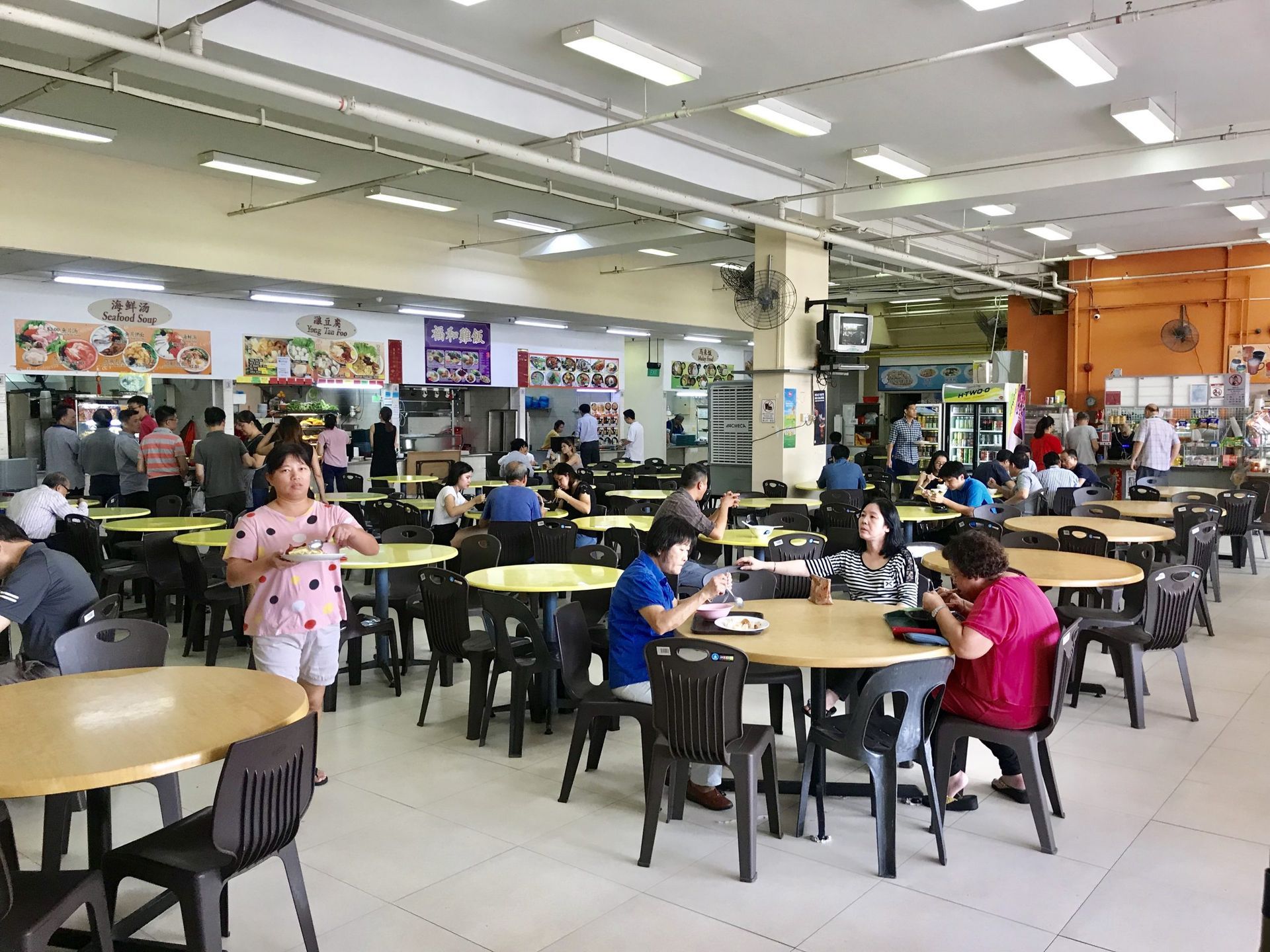Enhancing Restaurant Efficiency & Earning with QR Ordering and CRM Integration
In today’s fast-paced F&B industry, seamless operations and excellent customer experiences are vital for success. Combining QR ordering and CRM systems offers restaurants the perfect solution to address these needs. By integrating these technologies, restaurants can streamline processes, enhance customer satisfaction, and drive repeat business.
Seamless Order Management
QR ordering enables customers to scan a code, browse the menu, and place orders directly from their smartphones. This reduces dependency on staff and minimizes order errors. Integrated with a CRM, the data from these orders is automatically recorded, allowing for better tracking of customer preferences.
Personalized Dining Experiences
A CRM system captures valuable customer data, such as favorite dishes and visit frequency. Restaurants can use this information to offer personalized recommendations and targeted promotions, creating a tailored dining experience.
Enhanced Loyalty Programs
Integrated QR ordering and CRM systems streamline loyalty programs. Customers can easily earn and redeem points during their orders, whether dining in or ordering online. This convenience encourages repeat visits and boosts customer retention.
Operational Efficiency
With automated order processing and customer data collection, restaurants can focus on improving service quality. CRM insights also help in staffing decisions, ensuring optimal performance during peak hours.
Data-Driven Marketing
CRM systems analyze customer trends and preferences, enabling restaurants to craft effective marketing campaigns. By promoting special offers or events through CRM-driven email campaigns or app notifications, restaurants can maximize customer engagement.
Integrating QR ordering and CRM systems not only improves operational efficiency but also enhances customer satisfaction. For restaurants aiming to stay competitive, adopting these technologies is a game-changer.
If you are interested in getting a QR ordering and/or CRM solution for your restaurant to boost efficiency, earnings and customer loyalty, click here to contact us and schedule a demo!
Interested in a CRM Based POS System, QR ordering or a standalone CRM membership system?
Send an Enquiry!
You might also like



